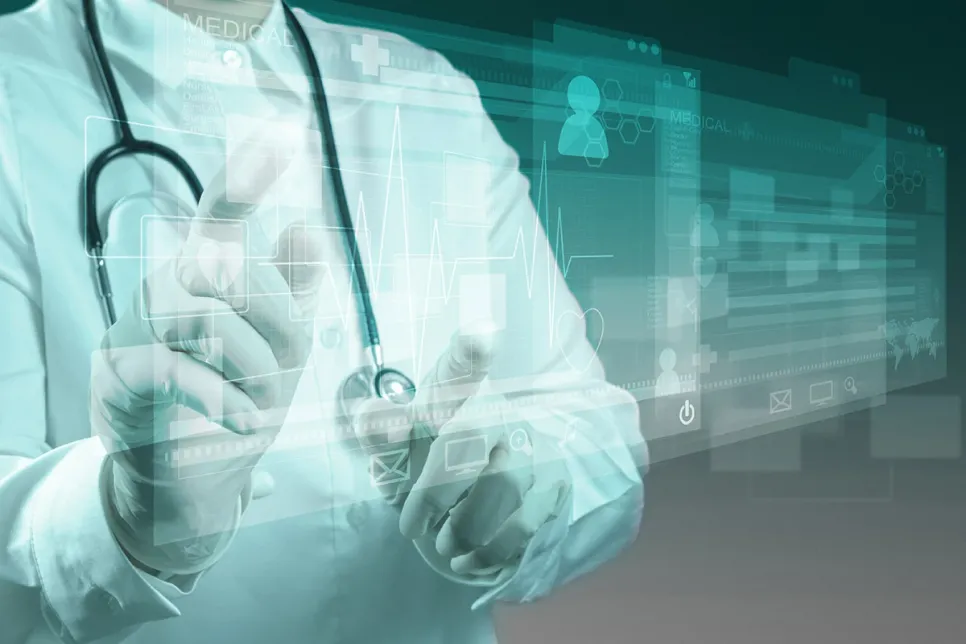Subscription Economy to Be Worth Almost $1 Trillion by 2028
A new study by Juniper Research found that by 2028, subscription economy revenue will reach $996 billion, up from $593 billion in 2024; a substantial rise of 68%.

The number of remotely monitored patients grew by 41 percent to 16.5 million in 2017 as the market acceptance continues to grow in several key verticals, according to research by Berg Insight.
This number includes all patients enrolled in mHealth care programs in which connected medical devices are used as a part of the care regimen. Connected medical devices used for various forms of personal health tracking are not included in this figure. Berg Insight estimates that the number of remotely monitored patients will grow at a compound annual growth rate (CAGR) of 31.0 percent to reach 83.4 million by 2023.
The two main applications are monitoring of patients with sleep therapy devices and monitoring of patients with implantable cardiac rhythm management devices. These two segments accounted for 82 percent of all connected home medical monitoring systems in 2017. The number of remotely monitored sleep therapy patients last year grew by 37 percent.
Telehealth is the third largest segment with 0.8 million connections at the end of the year. Other device categories, including ECG, glucose level, medication compliance, blood pressure monitors and others, accounted for just over two million connections. “The most promising segment is medication compliance, which we expect will become the second most connected segment in the next five years“, says Sebastian Hellström, IoT Analyst at Berg Insight.
More than 60 percent of all connected medical monitoring devices rely on cellular connectivity today and has become the de-facto standard for most types of connected home medical monitoring devices. The number of mHealth devices with integrated cellular connectivity increased from 7.1 million in 2016 to 10.7 million in 2017. The use of BYOD connectivity will increase the most during the next six years, with a forecasted CAGR of 48.2 percent.
“BYOD involves low cost and the technology is mostly adopted in patient-centric therapeutic areas such as diabetes and asthma that have younger patient demographics compared to many other chronic diseases. Many of these patients prefer to use their own smartphone as the interface instead of carrying around a dedicated device for remote monitoring“, concluded Hellström.